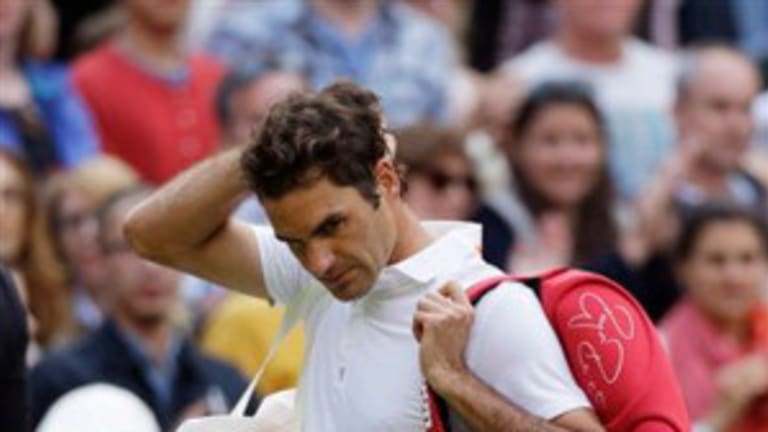One of the more interesting aspects of tennis today is that Roger Federer and Serena Williams are rarely spoken of together, and from what I’ve experienced, neither speaks very much about the other, either.
But here we are, each of them 31 years of age, with Serena trailing Roger by just one Grand Slam title in the overall count (17-16), even though Federer has an enormous lead in career titles, 77 to 52. Indisputably, both are on the three-or-four player list of candidates for Greatest of All Time honors. And for this week at least, Roger and Serena seem more like birds of a feather, as both are playing in lesser tournaments, the kind with which they rarely bother at this stage of their careers.
Each of them also is said to be receiving a king’s ransom in over-the-table/under-the-table appearance money in Hamburg, Germany (Federer) and Bastad, Sweden (Williams). This has become a common as well as permissible (if rarely emphasized) practice on both tours. Appearance fees, or guarantees, were once highly controversial. That was because, right or wrong and good or bad for the game, they were “officially” prohibited.
Of course, players routinely flaunted the rules of their respective associations because the opportunities (payouts) were just too big to pass up. Top players in particular felt that appearance money was something they had earned a right to take, based on their résumés and the value they brought to tournaments.
Now that both tours have set up a legitimate structure for paying appearance money at smaller tournaments (if you want to get deeply into the weeds on this, peruse the ATP and WTA rulebooks) the issue has simply gone away. Critics who once thought appearance money despoiled the very soul of this prize-money based sport and decried it have shrugged and walked away.
As well, we have had no recent outcries over guarantee-linked tanking. In the past, players sometimes did take guarantees, only to go through the motions for a match or two before skipping town with the booty. This is either a tribute to the value of ranking points in this hyper-competitive era, or to improved professionalism and the ethics of the players.
But while Federer and Williams are allegedly pulling down sizable guarantees (probably for more money than the bulk of players in the Top 100 on either tour earn in prize-money for the year), they both have good reasons for playing this week on clay. They both may want to wash out the bad taste left in their mouths by Wimbledon.
